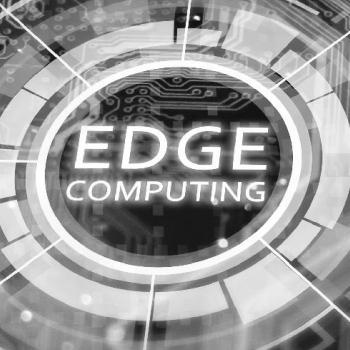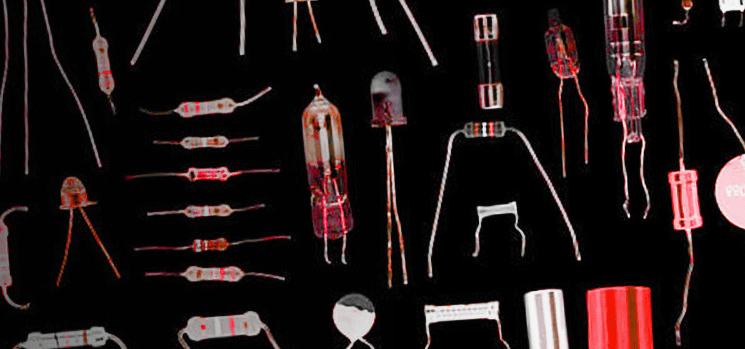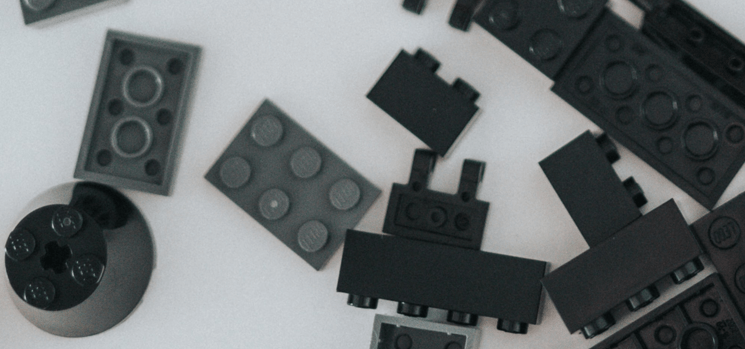What we do
Many different types of Edge devices
We work with many different types of Edge devices. From typical mighty Linux-based small boxes like Raspberry Pi, through our clients’ propriety equipment, to even small accessories like GPU-enabled RGB and thermal cameras.
Our devices work under a variety of circumstances – from big, multiprocessors servers spotting threats around high-value areas, to small, low powered IoT devices where every microWatt and every CPU tic counts and costs. Depending on the situation, we deploy either complex, comprehensive models with robust functionalities, or very small, one-function only algorithms.
When it comes to Edge Computing, flexibility is the X factor.


